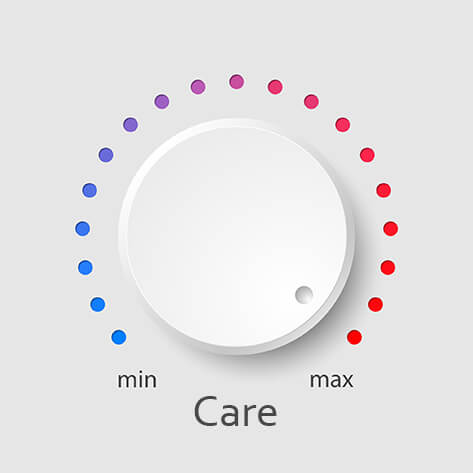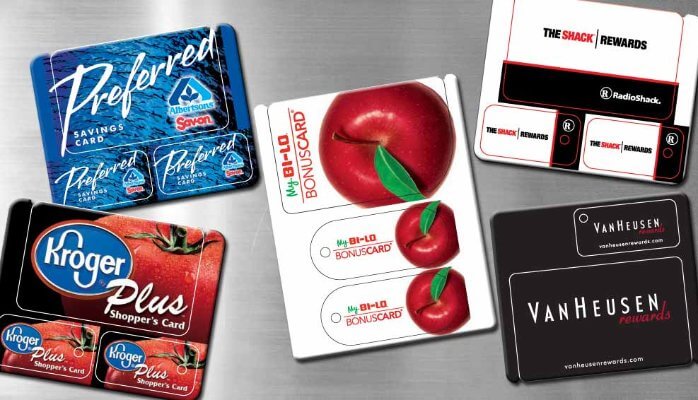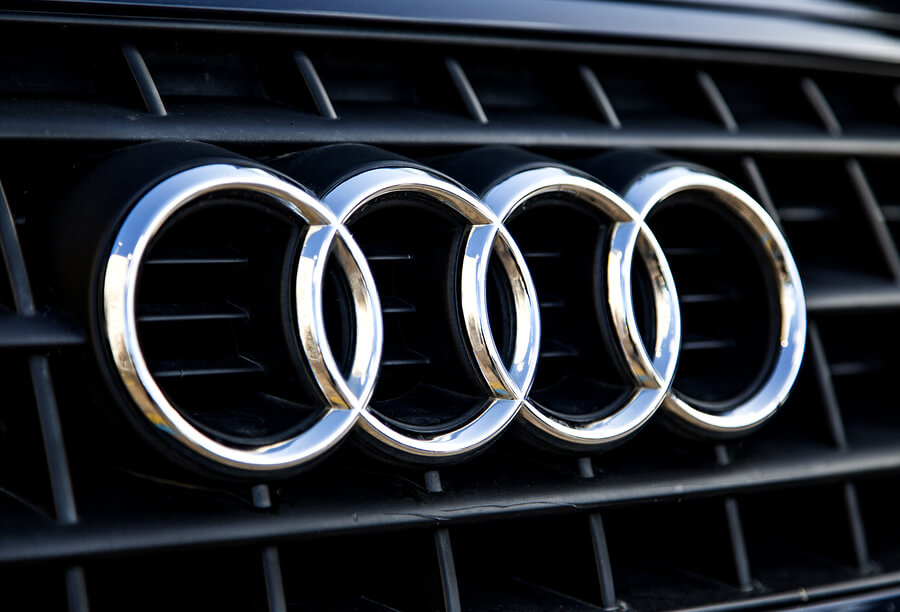If you have too much to do because you’ve agreed to do too many things, then you could suffer from a cognitive bias identified and explained by Daniel Kahneman and Amos Tversky called the Planning Fallacy. Today, we look at why this happens and what you can do about it in the future.
The Planning Fallacy is rooted in optimism and affected by how we think about the future. When we have to do something very soon, we are less likely to fall victim to it. We are well aware of all of the commitments we’ve already made.
However, asked to do something with a deadline that’s six months out, we tend to think we will find the time. We overestimate the amount of free time we will have in the future.











